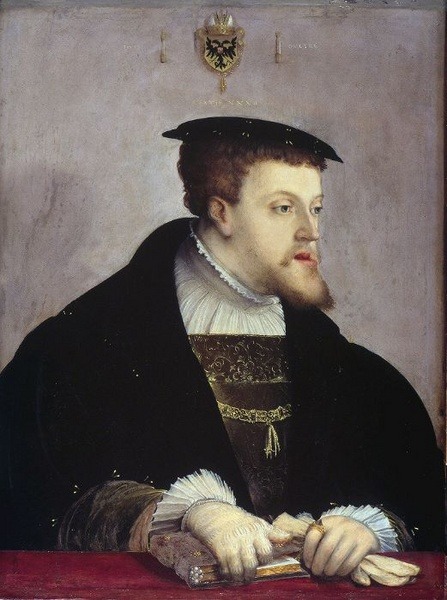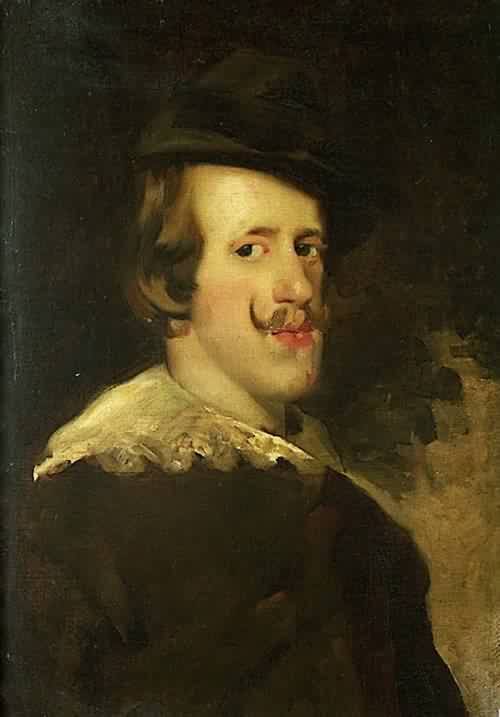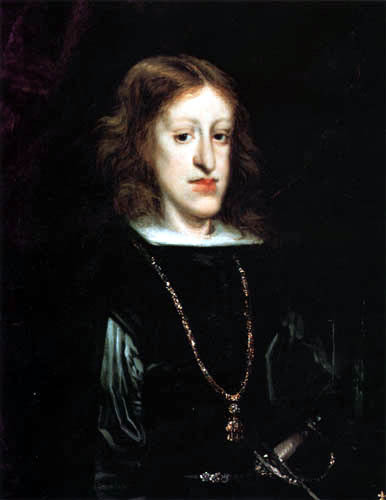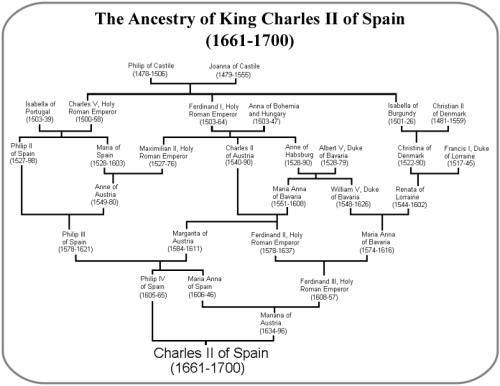Chins, incest, and the fall of the Habsburg DynastyIn the early 16th century the House of Habsburg w
Chins, incest, and the fall of the Habsburg DynastyIn the early 16th century the House of Habsburg was the most powerful family in Europe, ruling over a dominion collectively known as the Holy Roman Empire which included Germany, Austria, Hungary, Spain, the Netherlands, parts of Italy, and parts of the Balkans and Eastern Europe. In 1521 the empire was divided between Spain and Austria, creating Spanish and Austrian branches of the family. The Spanish Habsburgs ruled over Spain, Portugal, the Netherlands, and Italy while the Austrian Habsburgs ruled over Germany, Austria, Hungary, and Eastern Europe. Unfortunately the Spanish Habsburg’s had a particularly nasty habit that would eventually cause the downfall of their line within 200 years; incest, yes that’s right, incest. At that time there was no concept of the nation-state as we know it today. Kingdoms were the property of a monarch, and just like property it could be left as an inheritance or become a wedding gift when people of royal blood married. Marriages were often political alliances and it was not uncommon for one country to become a part of another empire simply because one princess married someone else’s prince.The Habsburg’s however, would have none of that, and strove towards maintaining a perpetual and unified Spanish Habsburg Empire. How did they manage to accomplish this? By limiting or even forbidding marriage with nobles outside of the family. Cousins married cousins, uncles married nieces, and over 16 generations of Spanish Habsburgs intermarried and interbred with each other. One of the features of the Habsburg line was a strongly pronounced chin. Over succeeding generations this strong chin morphed into a serious deformity. Towards the end of the Habsburg line it had grown such in size that often the Habsburgs had difficulty eating, drinking, and speaking. Other problems developed as well, such as mental retardation, physical disfigurements, and a myriad of genetic diseases and disorders. Infant mortality within the family reached 40%. After two hundred years of incest and interbreeding, the gene pool of the family became so constricted that the House of Habsburg would ultimately collapse. The last Spanish Habsburg was Charles II, born in 1661 he was the son of Philip IV who was wedded to his niece, Mariana of Austria. Charles’ grandmother on his father’s side was Maria Anna of Spain, who was simultaneously his aunt, and his grandmother on his mother’s side was Margaret of Austria, who was also his great grandmother.The results of Charles’ inbreeding were readily apparent. He did not speak until age 4, and did not walk until age 8. His oversized jaw and tongue made it difficult for him to chew food, drink, or speak, and he often drooled as a result. He was short and weak, suffering from various ailments including impotence, digestive problems, hematuria (blood in the urine), and later in life, dementia. Often his ailments were blamed as a result of witchcraft, and an era of torture and repression revived the Spanish Inquisition as scapegoats were rounded up and persecuted. Under Charles’ weak rule and deteriorating health Spain fell into a period of intense economic and political turmoil. Charles would die in 1700 at the age of 39 without an heir, kicking off the War of Spanish Succession, which would last 13 years and end with the French Bourbon family taking over the Spanish throne. The Austrian Habsburgs too would suffer similar problems from interbreeding, and the Austrian line would collapse in 1740. -- source link
#history#habsburg#spain#kings#incest#disease#genetics#family tree#ewww#chins



